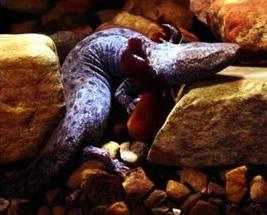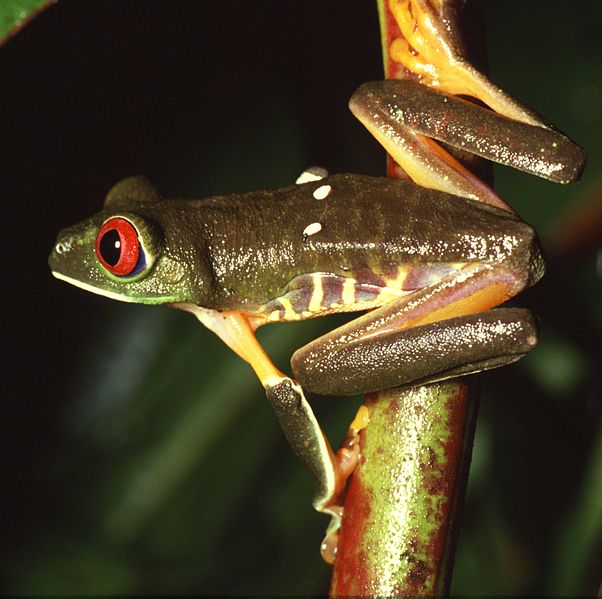 Maintaining clean water is one of the biggest challenges facing aquatic turtle keepers. Here at ThatPetPlace we stock a number of filters designed especially for use with turtles. Most are submersible and will function even in very low water…one, the Turtle Cliff Filter, also doubles as a basking site and waterfall base. Today I’d like to highlight the unit I’ve found most effective in situations where very strong, effective filtration is required – the Zoo Med Turtle Clean Filter.
Maintaining clean water is one of the biggest challenges facing aquatic turtle keepers. Here at ThatPetPlace we stock a number of filters designed especially for use with turtles. Most are submersible and will function even in very low water…one, the Turtle Cliff Filter, also doubles as a basking site and waterfall base. Today I’d like to highlight the unit I’ve found most effective in situations where very strong, effective filtration is required – the Zoo Med Turtle Clean Filter.
An Adaptable, Effective Filter
The Turtle Clean Filter is designed along the lines of aquarium fish canister filters, with separate chambers for activated carbon, filter pads and aerobic bacteria colonies, and is backed by a powerful motor (aquariums up top 60 gallons in size, and possibly larger, can be handled by Model No. 511). Unlike other canisters, it is set up next to, and not below, the aquarium.
 The Turtle Clean has the largest areas for filter media of any turtle filter, and its absorbant pads are very thick and quite effective. It is very simple to clean, requires no priming, operates in as little as 1-2 inches of water and is equipped with a perforated return bar so that outflow can be adjusted. Waterfalls and turtles requiring low water levels or moderate currents are thus easy to accommodate.
The Turtle Clean has the largest areas for filter media of any turtle filter, and its absorbant pads are very thick and quite effective. It is very simple to clean, requires no priming, operates in as little as 1-2 inches of water and is equipped with a perforated return bar so that outflow can be adjusted. Waterfalls and turtles requiring low water levels or moderate currents are thus easy to accommodate.
I’ve used the Turtle Clean Filter on heavily stocked turtle aquariums for some time now, and am very pleased with the results. Feedback from colleagues indicates that it definitely simplifies the keeping of Red-Eared Sliders, Painted Turtles, Cooters, Snake-Necks, Mata Matas, Sidenecks and other messy feeders.
Easing the Filter’s Job
 Frequent partial water changes and, if possible, feeding your turtles outside of the aquarium, will render any turtle filter more effective by lessening the volume of uneaten food and feces that must be removed.
Frequent partial water changes and, if possible, feeding your turtles outside of the aquarium, will render any turtle filter more effective by lessening the volume of uneaten food and feces that must be removed.
A bare-bottomed aquarium, which enables the filter to more easily pick up solid waste, is preferable for most turtles (Soft-shelled Turtles, however, are best kept with a fine sand substrate under which they can hide).
Further Reading
For more tips on keeping your turtle tank water in top shape, please see Feeding Aquatic Turtles: Water Clarity.

 That Reptile Blog – Reptile, Amphibian and Exotic Pet Care and Information
That Reptile Blog – Reptile, Amphibian and Exotic Pet Care and Information



 Maintaining clean water is one of the biggest challenges facing aquatic turtle keepers. Here at ThatPetPlace we stock a number of
Maintaining clean water is one of the biggest challenges facing aquatic turtle keepers. Here at ThatPetPlace we stock a number of 
 Frequent partial water changes and, if possible, feeding your turtles outside of the aquarium, will render any turtle filter more effective by lessening the volume of uneaten food and feces that must be removed.
Frequent partial water changes and, if possible, feeding your turtles outside of the aquarium, will render any turtle filter more effective by lessening the volume of uneaten food and feces that must be removed.
 Calcium Spray supplies calcium in three forms, including Calcium Gluconate, which is readily utilized by many species. It can also be administered orally to animals with deficiencies (a consultation with your veterinarian would be advisable beforehand).
Calcium Spray supplies calcium in three forms, including Calcium Gluconate, which is readily utilized by many species. It can also be administered orally to animals with deficiencies (a consultation with your veterinarian would be advisable beforehand).